Best Practices Articles

Channel Sales: Adapting Skills for Modern Growth
Channel sales, responsible for over 70% of global sales, is undergoing a major transformation due to economic shifts, complex buying processes, and the rise of AI. Organizations can no longer rely on traditional sales strategies—they must now create demand rather than just respond to it. As buying decisions become more cautious and involve more stakeholders, channel sales teams must equip partners with the skills, data, and tools to navigate these changes. Effective partner relationship management, advanced sales enablement, and leveraging AI for efficiency are now essential to thrive in this evolving landscape.
Key Takeaways
- Demand Shift: Sales teams must create demand in a low-demand market.
- Buying Complexity: More stakeholders, longer cycles—partners must be trained to handle this.
- AI Disruption: Entry-level sales roles are vanishing; upskilling is essential.
- Partner Enablement: Equip partners with data, tools, and co-selling strategies.
- Future Focus: Success in channel sales depends on agility, skill-building, and tech adoption.
Channel sales drives a huge part of global business. Often, 70% of all sales happen through partners. This shows how essential channel sales is for companies. They need it for strong growth. In the past few years, how we sell has changed significantly. It is no longer easy. We moved from a market where demand was high to one where it was neutral or even low. This significant shift means we must change our sales methods. We cannot just meet existing demand. We must now create it. Old sales rules do not work well anymore. Channel sales professionals need new, smart skills. This change is not small. It is a new way of buying and selling. We need these new skills to make money and stay ahead in channel sales.
The market changes have also changed how people buy. Decisions, even for smaller deals, now get deep checks. Top leaders, like CFOs and board members, often must approve deals. This happens even for small purchases. More people are now on buying teams. These teams are also more careful. They usually prefer to do nothing new. They do not want to spend money on new things. This slowness, along with longer decision times, makes closing deals hard. At the same time, AI is changing sales jobs. AI makes things faster. However, it also might take away many entry-level sales roles. This will create a bigger gap. Highly skilled salespeople will be far ahead of others. This means learning new skills all the time is key. This is true for all sales, especially for channel sales. Managing partner relationship management and how partners act is very important in channel sales. Understanding these changes helps us do well in channel sales.
Many companies used to see channel sales simply as getting more people to sell their products. They would train partners and give them marketing stuff. But today, this is not enough. Good channel sales means partners must be very active. They must keep "selling" to their partners. This means always showing partners how they can make money. It means showing how easy it is to work together. It also means showing how the product fits their own business goals. Channel sales teams must learn what partners need. They must know their customers and their business plans. This helps them give the proper support. Without this constant effort, even good partner ecosystems can stop growing. This article will look at how to get partners to do more. It will show how to make your product stand out. It will also cover how to work closely with partners in channel sales. We will draw ideas from top experts on making partner relationship management better.
1. The New Economic Reality for Channel Sales
The economy has seen a significant shift. It moved from a "demand-positive" time to a "demand-neutral" or even "demand-negative" one. For about 18 to 30 months, money issues have changed how businesses buy. This means sales teams must change old ways. Before, sellers just reacted to what customers wanted. They knew deals would close easily because many people wanted to buy. That easy time is over. Now, customers are more careful. Budgets are tighter. Showing clear value is more important than ever. This core change means channel sales teams must become active. They must now create demand. This is a clear part of their job. This new reality deeply affects how we handle partner relationship management.
At first, this economic slowdown mostly hit tech companies. They sold to other tech companies. The tech world felt the pain first. Budgets became tight. Sales cycles became longer. Companies choose to save money and be efficient. They did not want to grow fast. This made it hard for tech sales teams. They had to make their products look better. They also had to show how their products gave quick returns on money spent. But now, this problem has spread. It affects more industries. Companies that felt safe before, like those selling to schools or the government, now see issues. They now get "demand-negative" signals. This broad impact means no part of sales is safe. It changes how channel sales groups and their partner ecosystems must work.
Channel sales teams must know that their partners face the same challenging market. For example, a partner selling to factories now sees budget freezes. They also see longer sales cycles. This is what tech sellers saw a year ago. So, how we help partners sell must change. We must help them show value. We must help them fight customer slowness. This is where good partner enablement becomes very important. Just giving product sheets is not enough. Channel sales teams must provide partners with more. They need market facts, competitor details, and new sales ways. These must fit today's market. This helps the whole partner ecosystem change. They can then deal with the latest market well.
This new market means sales must change how they work. Sellers cannot just have quick talks. They cannot offer only "nice-to-have" things. They must dig deeper. They must find significant problems that keep leaders up at night. These are "must-solve" problems. They make big spending worth it, even when money is tight. The sales process must find these pains. It must show how not acting will cost money. For channel sales teams, this means teaching partners new ways to find problems. They help partners clearly show these significant customer issues. Good channel sales now depend on showing the clear business impact of products. It moves from just showing features. It focuses on real results and how much money customers will gain. This change helps products stay important. Customers will want them, even in tough times. This leads to successful sales for both direct and indirect channel sales. This change is key for channel sales groups that want to do well.
2. Mastering Buying Complexity in Channel Sales
Buying things has become much harder. This creates new problems for sales groups, especially for channel sales. Before, buying was quite simple. It was easy even for mid-sized deals (like $20,000 to $50,000). Now, it looks like buying for massive companies. Many more people are now part of buying teams. They come from different departments. These include legal, IT, finance, and operations. This means more ideas, different goals, and a higher chance of nothing happening. The seller and the channel sales team must learn how to handle this. They must work through company rules and politics. They must know that just showing a good product is not enough. Better partner relationship management is needed to help partners.
Important decisions now get very close checks. Often, the CFO or even the company board must approve. This happens no matter the deal size. Even small investments get strong money reviews. They need a perfect business case. They need a clear sign of return on investment. A CFO now wants to know more than just the product cost. They want to know how it helps the company make money. They want to know its risks and goals. This means a lot for both direct sales and channel sales. A seller cannot just use one primary contact. They cannot have a simple talk to close a deal. They must talk to all important people. They must know what each person cares about. They must show how the product helps everyone. If all parts of the company do not agree, the deal can stop. The deal might even die. This is a big problem for channel sales. Partners must learn these new complex parts to sell well. This often means co-selling with the product company's direct sales teams. This combines skills and tools.
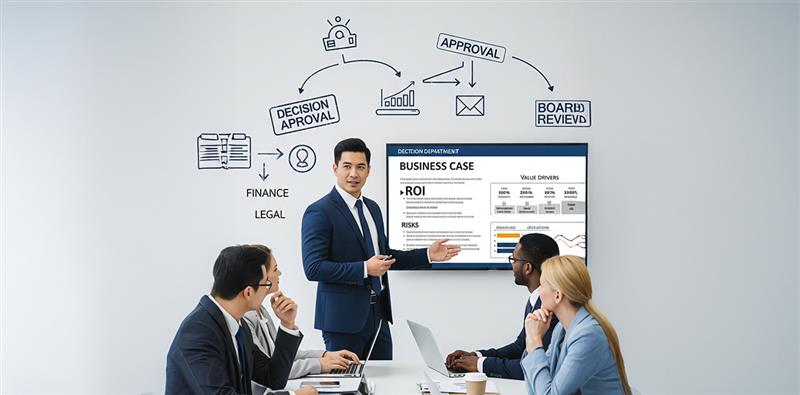
This more complex buying process makes buyers more careful. They often choose to "do nothing." This seems like a safe choice for many companies. When things are unclear, big buying teams frequently stick to old ways. They do not want to risk a bad investment. Leaders often have little time and attention. This makes the problem worse. A "nice-to-solve" problem quickly gets forgotten. Other urgent issues take their place. So, sellers must use innovative ways to find problems. They must find significant problems that genuinely matter to leaders. These must be "must-solve" issues. For channel sales, this means partners must learn to see these problems. They must show how not acting will cost more. They must show how it will mean missed chances. This active way of showing value is key for good partner enablement.
Also, doing well in this complex buying world needs "multi-threading" skills. Having just one contact to guide a deal is no longer enough. Sellers must find and talk to many people. They must know what each person wants. They must build agreement across different groups. This means knowing who else the problem affects. It means knowing how it affects them. It means knowing what they care about most. For channel sales partners, learning these skills is vital. They must learn how to talk to many decision-makers. They must do this without upsetting their primary contact. This often means using old ties within the partner ecosystem. It means helping set up new talks when needed. When the sales team works closely with partners in co-selling efforts, it helps with multi-threading. This approach ensures the customer company hears all essential voices. This speeds up sales and keeps deals from dying. Good partner relationship management platforms help track these talks.
3. The AI-Driven Skill Revolution in Channel Sales
AI profoundly changes the sales job. It brings significant gains in speed. But it also creates a clear split in skills. AI can do many simple, low-value tasks. This means many entry-level sales jobs are not needed as much. Jobs like inbound SDRs, which train new salespeople, are changing. AI can check leads, score them, and even do basic talks. But people are still needed for complex, high-value sales. This growth in tech helps businesses do more. But it also might create a big gap. Smart, skilled sellers will do very well. Those who do not learn will fall behind. This is very true for channel sales. This change means partner enablement must also change.
Chris Orlob made a good guess about a bigger skills gap. This comes from automating basic jobs. In the past, people started in these simple roles. They slowly learned sales skills. They gained experience. Then they moved to more complex jobs, like account executive. These jobs helped them learn how to sell. New people will jump into challenging roles if AI removes these first jobs. They will not be ready. This sudden start in tough sales will make some people do much worse. Sales companies must act now. They must invest in training. They must set up mentor programs. This will close the skills gap. This will keep their workers, including those in channel sales, strong and able to compete. This means a lot of money and effort into partner enablement and ongoing help for the whole partner ecosystem.

For individual sellers, the message is clear. Always learning new skills is not just good. It is a must for a long and promising career. This new way of thinking says, "You are not years away from anything you want in life; you are skills away." This idea makes learning a core need. Selling, especially complex B2B sales, is not one skill. It is many skills put together. These include finding problems, showing money value, talking to many people, making business cases, and negotiating. Being good at sales means learning these skills one by one. This is like learning basketball. You learn to dribble, then shoot, then pass. Then you put them all together. For channel sales, this means two things. First, learn these advanced skills yourself. Second, help and coach your partners to learn them, too. This allows the whole partner ecosystem to deal with today's market. It helps them use AI to do more, not get replaced by it. This is a key part of good partner relationship management.
Using AI well is a smart move. Sellers should see AI and other tech tools as helpers. They can use them for low-value tasks. These include checking leads, putting in data, and simple talks. These jobs might be worth $10 or $100 per hour. By letting tech do these jobs, sellers save time. They can use their minds for high-value tasks. These tasks can bring in $1,000 or even $10,000 per hour. These include finding deep customer needs, talking to customers, solving complicated problems, building trust, and planning complex deals. For channel salespeople, this means using AI to make partner onboarding faster. It means setting up automatic talks. It means checking partner data. This frees them up for smart co-selling. They can lead advanced partner enablement sessions. They can do high-level partner relationship management. This mix of human skill and innovative tech is the future of robust channel sales.
Conclusion
The sales world has changed completely. It moved from a time of high demand to low or neutral demand. This significant change means we must rebuild our sales methods. Sales professionals must now create demand, not just meet it. The buying process is much more complicated. Deals get close checks. More people are involved. Buying teams are careful. This often means buyers choose to do nothing. So, sellers, including those in channel sales, must show clear, substantial value. Partner relationship management is key here. It helps the partner ecosystem work together. They use smart co-selling to win.
AI is also changing sales jobs fast. It automates fundamental roles. This creates a bigger gap in skills. New people in sales need advanced skills right away. This means continuous learning is not just good; it is a must. Sales is not just a talent. It is many skills you can learn. You must work to get better at each one. This helps people take charge of their growth. They understand the skills today's market needs. Good partner enablement helps partners get these skills. This makes them strong in channel sales.
Companies and people who want to do well now must change fast. They must try hard to be excellent. Sellers must use innovative ways to find problems. They must know how to talk to many people on buying teams. They must make strong business cases. These show real value. For channel sales, these same rules are even more critical. How well the partner ecosystem does depends on these skills. The future belongs to those who see these challenges as chances for considerable growth. They must focus on new skills and innovative thinking. Good sellers have many chances, especially in channel sales and strong partner relationship management. They can boost growth. They can gain a lead over others. This happens through better partner enablement and working together in co-selling. This whole approach to channel sales gives a long-term edge.
Best Practices Guidebook
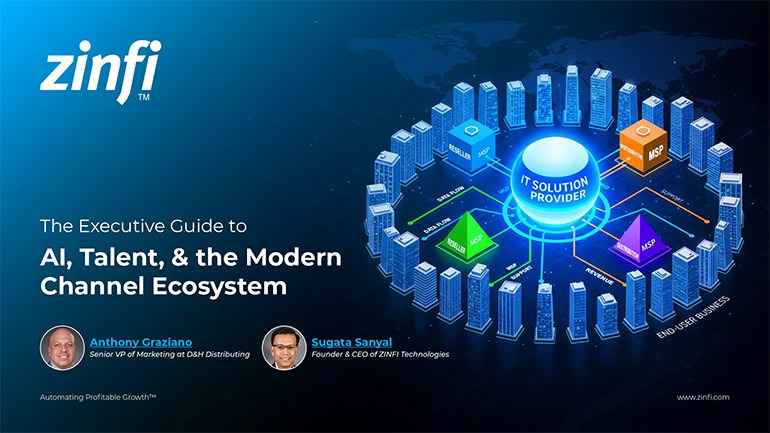 Modernizing Channel Marketing: AI and Ecosystem Enablement Best Practices
Modernizing Channel Marketing: AI and Ecosystem Enablement Best PracticesDownload for FREE
 The Channel’s Shift to Partner-Led With AI Best Practices
The Channel’s Shift to Partner-Led With AI Best PracticesDownload for FREE
 Hyperscalers, ISVs, and AI: Shaping the Future of B2B Software Distribution
Hyperscalers, ISVs, and AI: Shaping the Future of B2B Software DistributionDownload for FREE
 Definitive Guide to a Partner Ecosystem-First Sales Strategy
Definitive Guide to a Partner Ecosystem-First Sales StrategyDownload for FREE
 The Partner-Led Digital and AI Transformation Best Practices
The Partner-Led Digital and AI Transformation Best PracticesDownload for FREE
 Startup Talent Recruitment: Hiring Missionaries, Not Mercenaries
Startup Talent Recruitment: Hiring Missionaries, Not MercenariesDownload for FREE
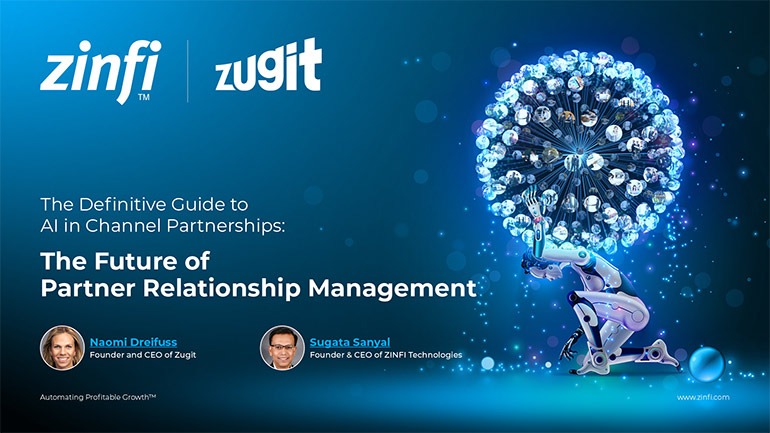 The Future of Partner Relationship Management with AI in Partnerships
The Future of Partner Relationship Management with AI in PartnershipsDownload for FREE
 Cybersecurity for the 99%: Strategies from the Frontline
Cybersecurity for the 99%: Strategies from the FrontlineDownload for FREE
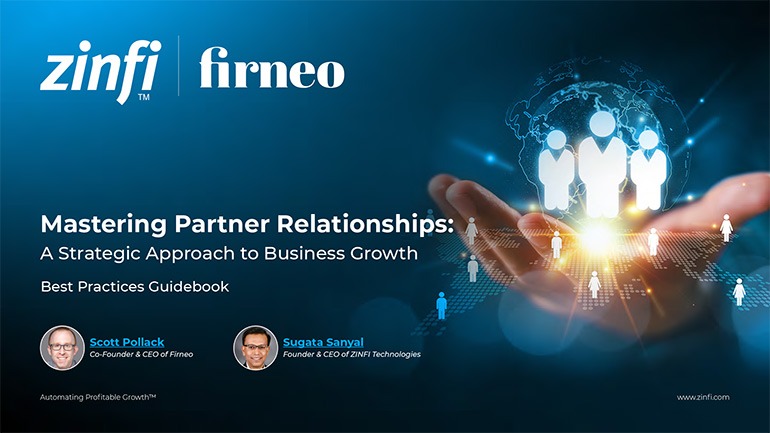 Mastering Partner Relationships: A Strategic Approach to Business Growth
Mastering Partner Relationships: A Strategic Approach to Business GrowthDownload for FREE
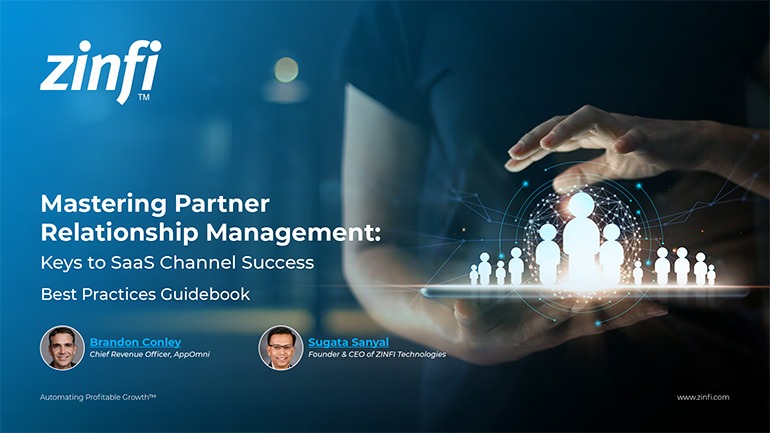 Mastering Partner Relationship Management: Keys to SaaS Channel Success
Mastering Partner Relationship Management: Keys to SaaS Channel SuccessDownload for FREE
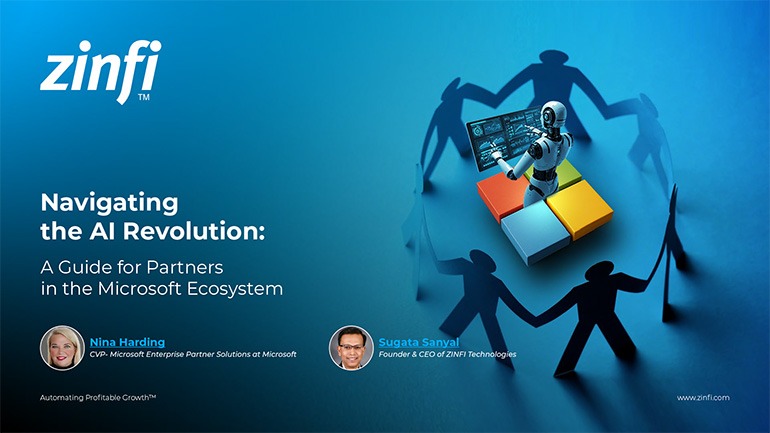 Navigating the AI Revolution: Guide for Partners in the Microsoft Ecosystem
Navigating the AI Revolution: Guide for Partners in the Microsoft EcosystemDownload for FREE
 Mastering the Modern Buyers Journey: Sales Leader’s Guide to AI & Engagement
Mastering the Modern Buyers Journey: Sales Leader’s Guide to AI & EngagementDownload for FREE










